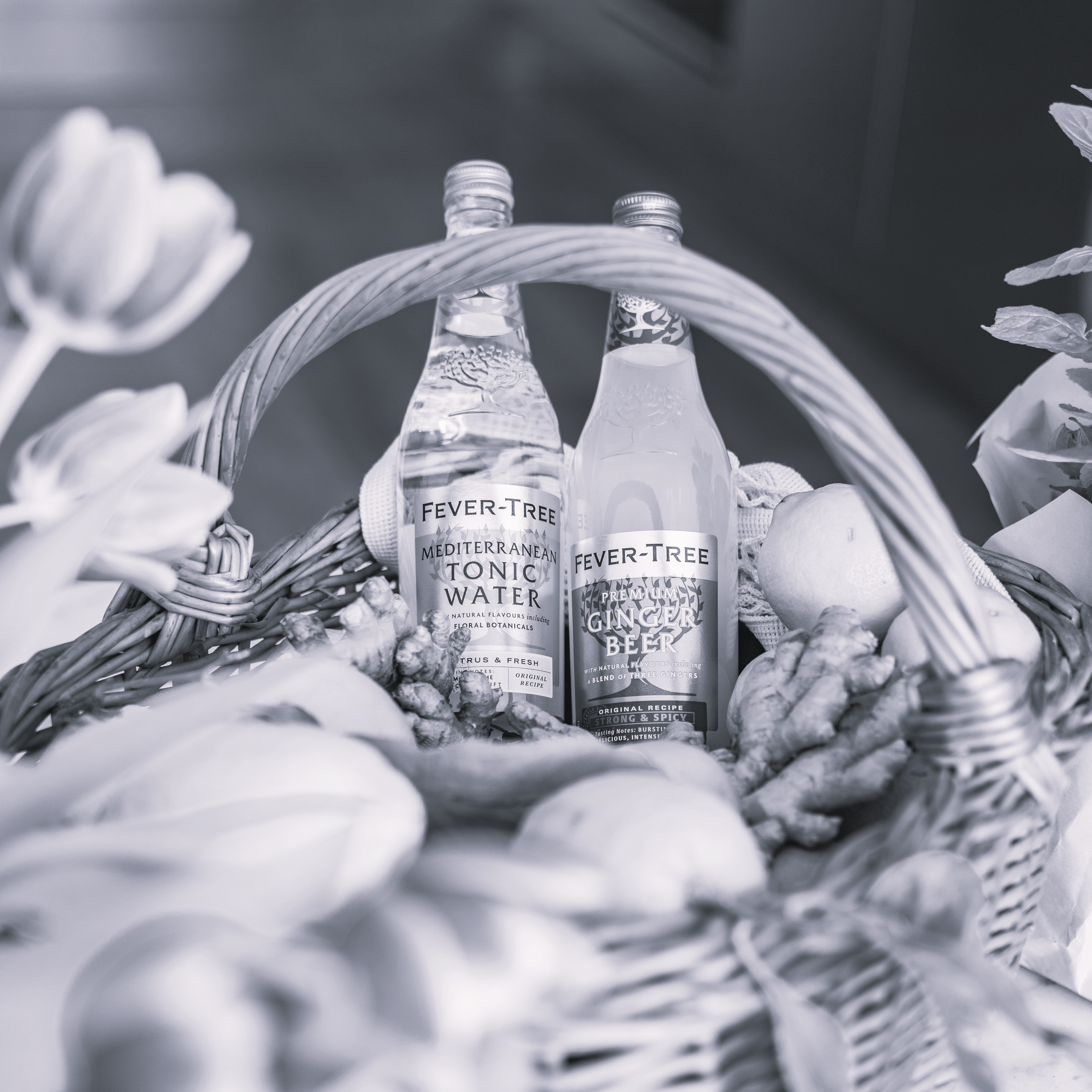Tannins are a family of natural organic compounds that are found in grape skins, seeds (which are particularly harsh), and stems. Additionally, during the aging process, new oak barrels infuse tannin into the juice. They are an excellent antioxidant and natural preservative; also helping give the wine structure and texture. Tannins provide an important flavour profile in wine.
Winemakers have a good degree of control, and use tannin to enhance the wine. They use specific juice extraction techniques to reduce or increase the amount excreted. Specifically, they can very gently squeeze the grapes to extract the juice; winemakers take great care to minimize undesirable tannins from seeds by crushing grapes gently, to avoid crushing the seeds. In the case of red wine, grape skin contact is essential and longer, the crushing of the grapes is more violent, and barrel aging is more common and again longer - resulting in a stronger tannin structure in the wine.
In concentrated quantities, the astringency from the tannins is what causes the dry and puckering feeling in the mouth, even described as "furriness" around the moth and on the teeth following the consumption of red wine. This is sometimes accompanied by a bitter aftertaste, which is referred to as tannic. Visually, tannin forms part of the natural sediment found in the bottom of the bottle as it ages.
A strongly tannic wine is well-matched to rich food courses, in particular steaks; the tannins help break down the fat, with a salutary impact on both the wine and the steak. A red wine that should age and improve for several years' even decades requires a lot of tannin. As the wine ages, the tannin softens and becomes less noticeable. In many regions (such as in Bordeaux), tannic grapes such as Cabernet Sauvignon are blended with lower-tannin grapes such as Merlot or Cabernet Franc, diluting the tannic characteristics. Wines that are vinified to be drunk young typically have lower tannin levels.










